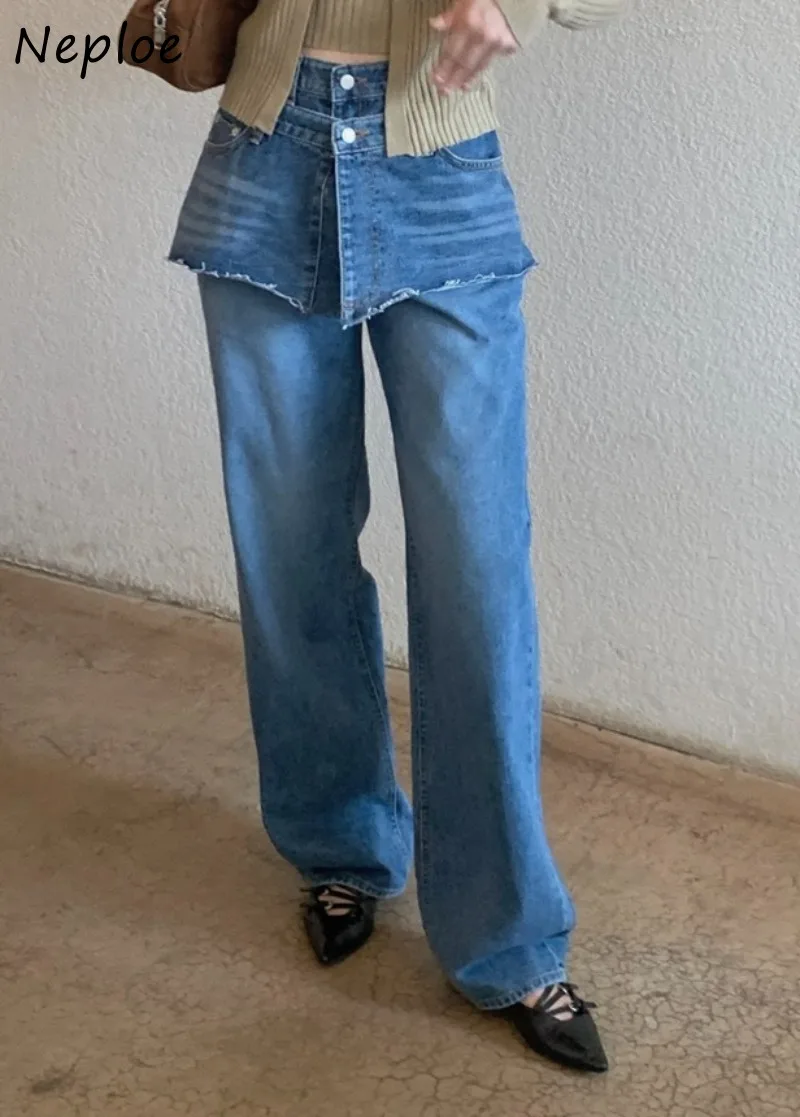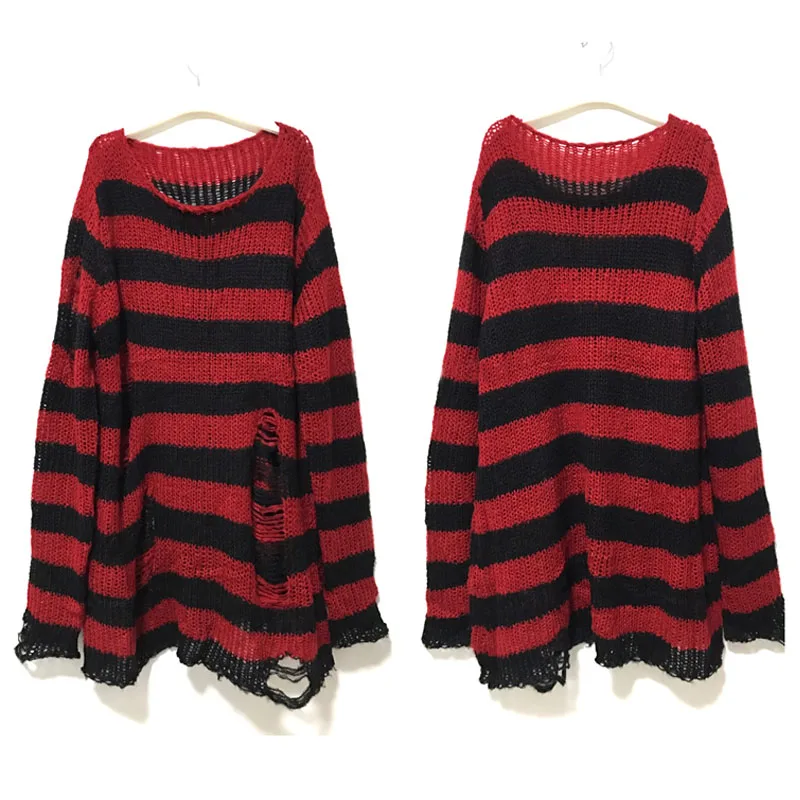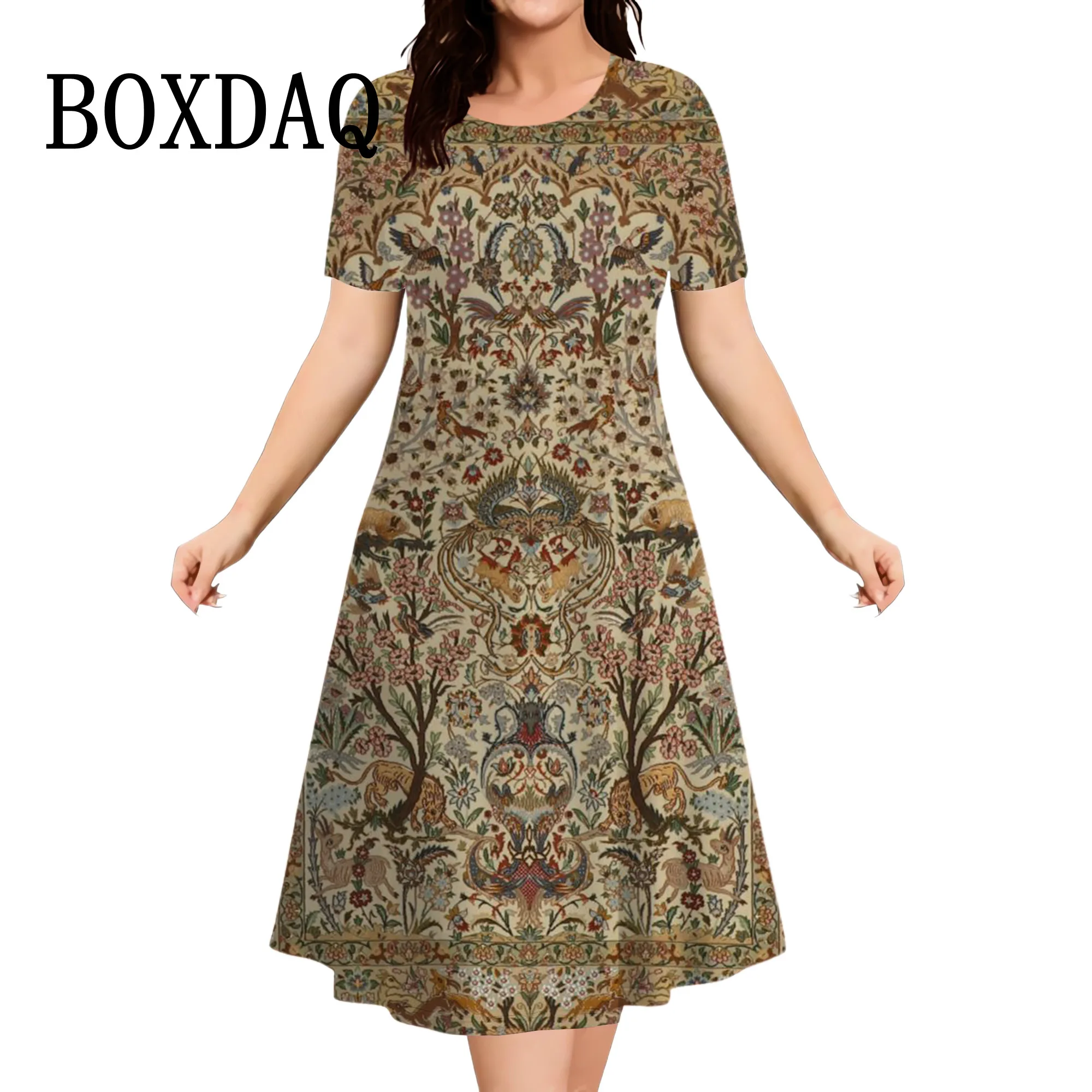How do you tell the age of a goat?
Asked by: Jacob Jackson
Answered by: Jeffrey Thompson
Posted on: November 7, 2020
Determining the age of a goat is important for management, breeding, and health care. There are several methods to assess a goat's age, with physical characteristics and dental examination being the most reliable. Here’s a detailed guide on how to tell the age of a goat:
1. Examining Teeth
The most common method for estimating a goat's age is by examining its teeth:
- Baby Teeth: Goats are born with a set of baby teeth, usually two on the bottom front. These teeth start to appear within a few weeks.
- Permanent Teeth: Goats typically begin to replace their baby teeth with permanent ones around six months of age:
- At 1 year: They will have two permanent bottom incisors.
- At 1.5 years: They usually have four bottom permanent incisors.
- At 2 years: The first pair of top incisors emerges.
- At 3 years: They have four top permanent incisors.
- At 4 years: All teeth are typically present, with a full set of 8 permanent incisors.
- After 4 years: The teeth may show signs of wear, and by around 8-10 years, teeth may start to fall out or become loose.
2. Observing Physical Characteristics
Aside from dental examination, other physical signs can indicate age:
- Body Size: Younger goats are generally smaller and more compact, while older goats tend to be larger and more robust.
- Coat Condition: A goat’s coat may become coarser and less shiny with age. Young goats typically have a soft, smooth coat.
- Muscle Tone: Young goats often have more muscle tone and a more active appearance compared to older, less active goats.
3. Behavioral Cues
Behavior can also provide clues to a goat's age:
- Activity Level: Younger goats tend to be more playful and energetic, while older goats may be more lethargic.
- Social Interactions: Young goats are often more curious and social, whereas older goats may show a preference for solitude.
4. Health Considerations
Age can influence a goat's health:
- Veterinary Records: If available, review any records that may provide insight into the goat’s age.
- Health Conditions: Be aware that older goats are more prone to certain health issues, such as arthritis, which may affect their mobility.
5. Consult a Veterinarian
If you’re uncertain about a goat’s age, consulting a veterinarian can provide clarity:
- Professional Assessment: A vet can perform a thorough examination and provide a more accurate estimate of the goat’s age.
Conclusion
Determining the age of a goat involves a combination of dental examination, physical characteristics, and behavioral cues. By using these methods, you can better understand your goat’s age, aiding in its care and management.
Source: https://petsquad-usa.work/community_detail/11588









